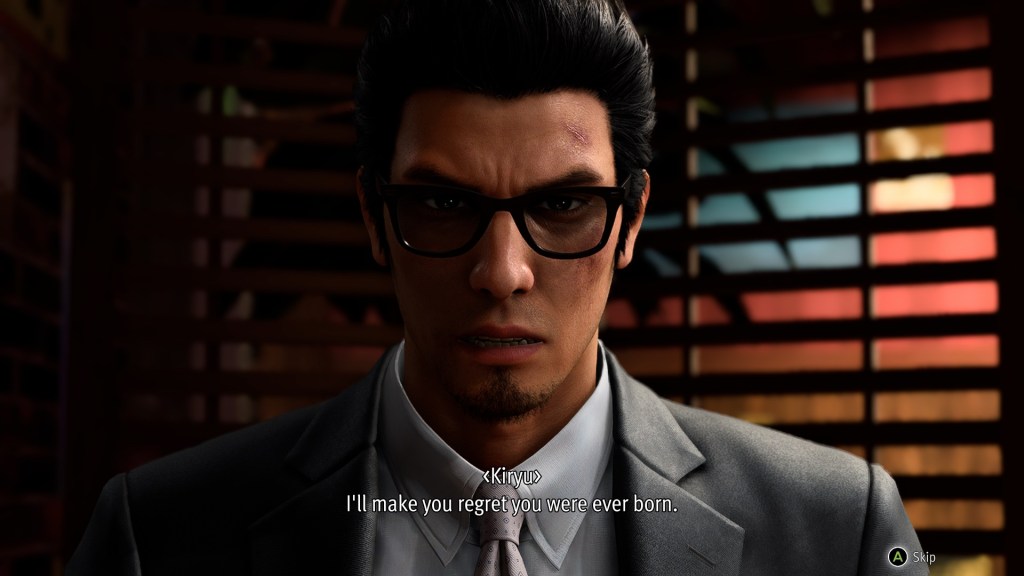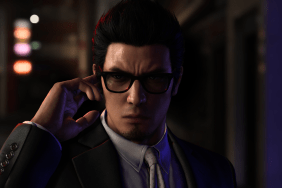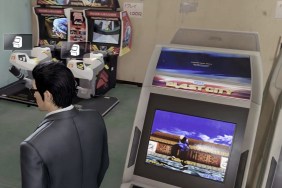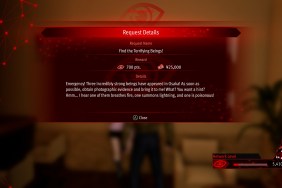To say that Kazuma Kiryu is facing an identity crisis is an understatement. As the name of Like A Dragon Gaiden: The Man Who Erased His Name references, Kiryu made a deal with the Daidoji Faction to fake his death at the end of Yakuza 6. As a result, he’s in purgatory, unable to reach out to the Tojo Clan and, most important…
-
Dramatic storyline
-
Two fighting styles, though classic is better
-
Wealth of side activities
-
The Coliseum has challenging fights
-
Relatively short compared to other Yakuza games
-
Kamurocho not available to explore











